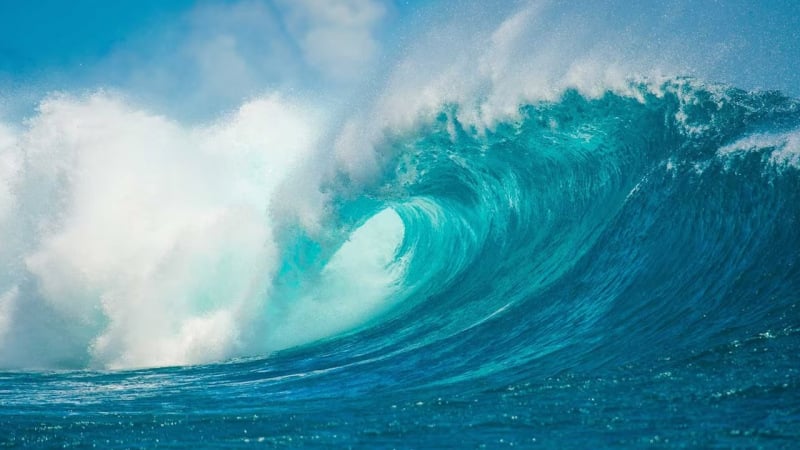
24 villages of Odisha have got tsunami tag. This includes villages in Balasore, Bhadrak, Jagatsinghpur, Kendrapara, Puri and Ganjam districts. UNESCO’s Intergovernmental Oceanographic Commission has also declared these villages ready to face tsunami. Let us know what this Tsunami Ready means?
24 coastal villages of Odisha have been declared tsunami ready i.e. ready to face a tsunami. UNESCO’s Intergovernmental Oceanographic Commission has also recognized them for tsunami preparedness. UNESCO released its certificate during the Second Global Tsunami Symposium in Indonesia on 11 November. Let us know what it means and on what basis is this tag received? What benefit will UNESCO get by doing this and what change will happen in the villages after this?
be prepared for natural disaster
In fact, villages in Balasore, Bhadrak, Jagatsinghpur, Kendrapara, Puri and Ganjam districts of Odisha have been declared ready for tsunami. Apart from this, Tsunami Ready Certificate has been renewed for two villages namely Noliasahi in Jagatsinghpur district and Venkataraipur in Ganjam district. They were declared ready for tsunami in the year 2020 itself. Declaring any village or place tsunami ready means that it is ready to protect itself from this natural disaster. In case of tsunami, relief and rescue work can be easily done in these villages.
The purpose of this tag is to protect people’s life and property
Let us tell you that UNESCO’s Intergovernmental Oceanographic Commission (IOC) is an organization dedicated to marine science under the United Nations. It was established in 1960 as an executive autonomous body of UNESCO. Following the tsunami on 26 December 2004, the IOC helped establish the Indian Ocean Tsunami Warning and Mitigation System (IOTWMS). Its main objective is to improve the preparedness of coastal communities to deal with emergency situations during tsunami. This will reduce loss of life and property in case of disaster.
This is how tsunami preparedness is declared
In view of the tsunami, a National Board has been set up by the Ministry of Earth Sciences under the chairmanship of the Director of INCOIS. It is known as the National Tsunami Preparedness Recognition Board (NTRRB). The Board includes members from the Ministry of Earth Sciences, National Disaster Management Authority, Ministry of Home Affairs, OSDMA, Andaman and Nicobar Islands Disaster Management and INCOSIS. After investigation, this board sends the names of coastal villages or other areas to UNESCO for approval. After getting approval from there, any village or place is declared ready for tsunami on the basis of these 12 points. The same board had also sent the names of the villages of Odisha to UNESCO to declare them ready for tsunami.
this will be beneficial
In fact, the Government of India has declared 381 coastal villages across the country as tsunami affected. Based on this, these villages are being prepared to fight tsunami. The government makes various arrangements in these villages before they are declared tsunami ready. Under this, emergency training is given to all stakeholders. Besides, awareness campaigns are also run for the village people. Apart from this, tsunami management plan and mock drill has been organized. Exit routes are ready.
Also organized at national level
INCOIS regularly organizes workshops, training sessions and seminars on Tsunami Standard Operating Procedures for coastal state and district level disaster management officials to spread awareness about tsunami among the people. Mock drills are also conducted at the national level in coordination with the Ministry of Home Affairs, National Disaster Management Authority and State Disaster Management Agency to deal with any tsunami emergency. Keeping this in mind, Odisha State Disaster Management is preparing the tsunami-prone coastal areas to deal with natural disasters like tsunami. The names of the villages whose preparations have been completed have been sent to be declared ready for tsunami.
The biggest benefit of this preparedness is that if people living in tsunami-prone areas are given timely and accurate warning, they can take life-saving measures. This will not only reduce the loss, but can also speed up rescue and relief efforts. For this, scientists and emergency management officials are adopting better sensors, accurate models and multiple methods of concurrent dissemination.
 look news india
look news india
